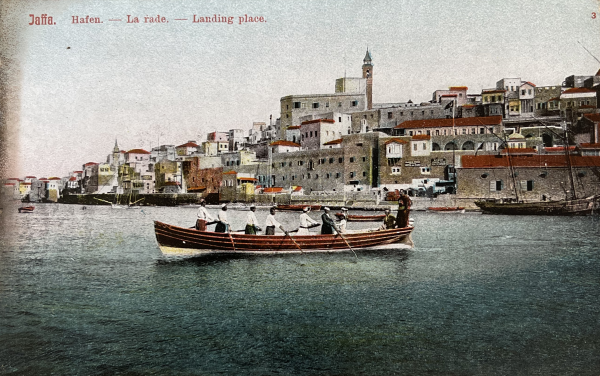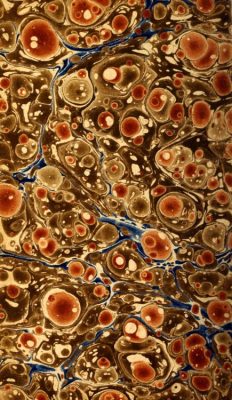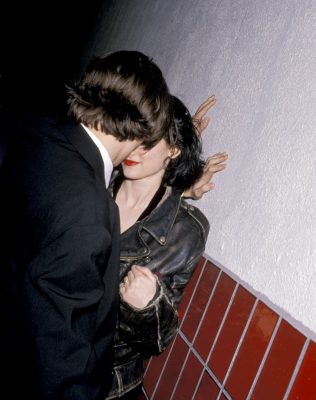Kaleem Hawa has written about art, film, and literature for the New York Review of Books, The Nation, and Artforum, among others.
Kaleem Hawa
Kaleem Hawa has written about art, film, and literature for the New York Review of Books, The Nation, and Artforum, among others.
Articles Available Online
READ NEXT







